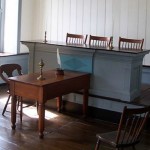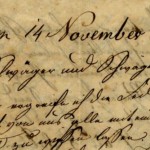Early immigrants to America brought with them the windmill technology that was developed in England and Europe. Fueled by the wind, the machine converted the rotary motion of the wheels into common tasks like grinding grain into meal or flour.
In 1854, Daniel Halladay was the first American to successfully design a windmill for use in the United States; Halladay Standard windmills, based outside of Chicago, supplied thousands of windmills to farmers and ranchers in the Midwest. Further advances in windmill technology included the conversion to all-metal windmills and eventually the self-lubricating oil-bath windmill made famous by the Elgin Wind Power and Pump Company in 1912. The windmill industry remained very active into the 1930s, when the Great Depression and the advent of electric water pumps closed production down.
Kendallville’s Mid-America Windmill Museum, America ‘s second largest wind machine museum, serves to restore and collect artifacts on this fascinating Midwestern industry. The nearly twenty-five fully restored windmills on the museum’s grounds are examples of the American Windmill, which contributed so much to the development of the Heartland and the Great Plains. Declared a “treasure” by Supreme Court Justice Sandra Day O’Connor in 2004, the Mid-America Windmill Museum in Kendallville is a unique Indiana historical attraction.






















